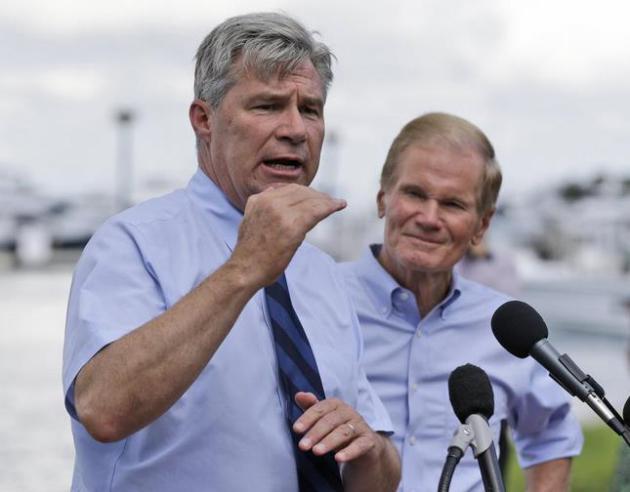10 F. high in the Twin Cities Monday.
24 F. average high on December 29.
20 F. high on December 29, 2013.
December 29 in Minnesota Weather History. Source: Twin Cities National Weather Service:
2005: A large swath of snowfall in the 6 to 8 inch range fell approximately north of a line from Madison to Redwood Falls, to Glencoe, to Chanhassen, to Andover, to Woodbury. Even heavier snowfall occurred West of a Granite Falls to Willmar line, where reports of between 8 and 11 inches were recorded. In Willmar, several vehicles were reported in the ditch. A semi-truck also rolled onto its side.
1996: 6 to 7 inches of snow fell in Willmar. The new snowfall, in addition to previous heavy snowfall, caused a portion of the historical society’s roof to collapse.
1980: Heat wave across Minnesota. Redwood Falls hits 51.

Aerobic Shivering
Before I put my coat (and pants) back on please hear me out. There’s method to my madness. I believe everything I read on the Internet, including a recent story at The Atlantic. No more Brussels Sprouts Diet for this guy – I’m just going to turn down the thermostat.
A former NASA researcher took cold showers and shirtless walks during winter, losing over 26 pounds in 6 weeks. Year-round warmth is a modern luxury, one that isn’t helping our waistlines. Let’s see: cold and skinny or warm & plump?
Still thinking….
Old Man Winter helps you shiver away holiday pounds over the next 2 weeks with some of the coldest air of the winter, but not quite as Nanook as last year. The mercury rebounds into the 20s later this week before the next sneeze of polar air whips up snow Saturday and single digits on Sunday. I still don’t see a full-frontal Siberian Slap with persistent jet stream winds howling from the Arctic Circle, similar to last winter’s pattern.
The Twin Cities reports 4 inches of snow on the ground, but there’s precious little snow on the ground up north.
Resist the urge to panic. The next 3 months probably won’t be a carbon copy of last year’s pioneer winter.
Just a hunch.
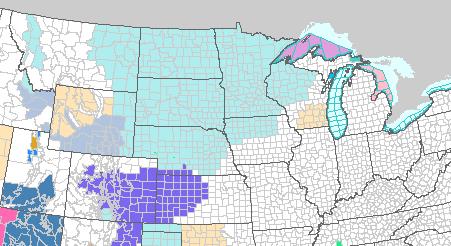
Windchill Advisory. Try not to lick any metallic objects outdoors over the next 36 hours (which I’ve found to be good advice, even during our fleeting warm season). If you’re properly dressed and physically active, with little or no skin showing, it won’t be that big a deal. If you’re sitting on a bench waiting for the bus for an hour it may be a very big deal. Details from NOAA:
WIND CHILL ADVISORY REMAINS IN EFFECT FROM MIDNIGHT TONIGHT TO NOON CST TUESDAY... A WIND CHILL ADVISORY REMAINS IN EFFECT FROM MIDNIGHT TONIGHT TO NOON CST TUESDAY. * WIND CHILL VALUES...25 TO 30 BELOW ZERO WITH THE COLDEST VALUES EARLY TUESDAY MORNING. PRECAUTIONARY/PREPAREDNESS ACTIONS... A WIND CHILL ADVISORY MEANS THAT VERY COLD AIR AND STRONG WINDS WILL COMBINE TO GENERATE LOW WIND CHILLS. THIS WILL RESULT IN FROSTBITE AND LEAD TO HYPOTHERMIA IF PRECAUTIONS ARE NOT TAKEN. IF YOU MUST VENTURE OUTDOORS...MAKE SURE YOU WEAR A HAT AND GLOVES.

Cold Enough. Keep in mind the average high now is 24F, so we’ll definitely see a cold bias over the next 2 weeks, but I wouldn’t exactly call this polar, not yet at least. After a single-digit Tuesday temperatures recover into the 20s Thursday and Friday; the leading edge of the next Canadian surge dropping a light accumulation of snow Saturday before skies clear Sunday. MSP Meteogram: Weatherspark.
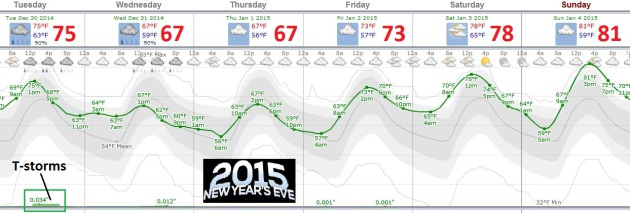
Citrus Bowl Weather Preview. Yes, it will be warmer in Orlando. If you’re lucky enough to be flying to MCO for the big Gopher’s bowl game pack a light jacket (nights in the 50s Wednesday and Thursday) and odds favor mostly cloudy skies and upper 60s for the actual game on New Year’s Day. If you’re sticking around it will feel more like summer by the weekend as temperatures surge toward 80F. Insert sigh here.
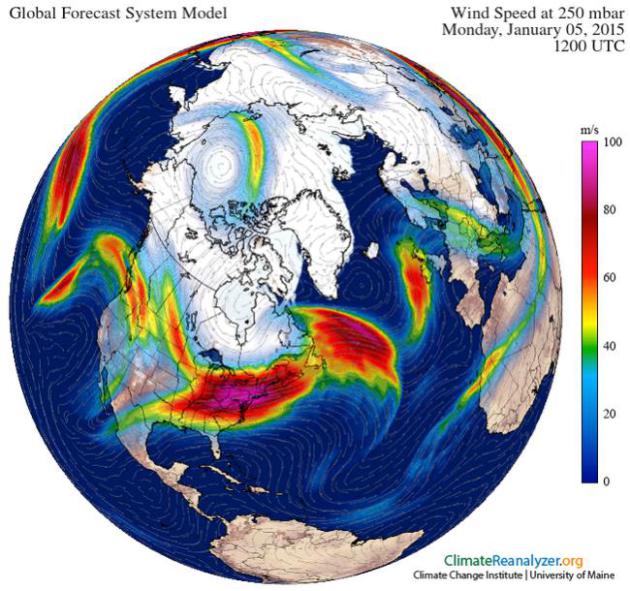
Prevailing Winds Aloft – Next Monday, January 5. Climate Reanalyzer shows the core of the coldest air pushing into the Great Lakes and New England early next week; a glancing blow of Arctic air for Minnesota and the Midwest.
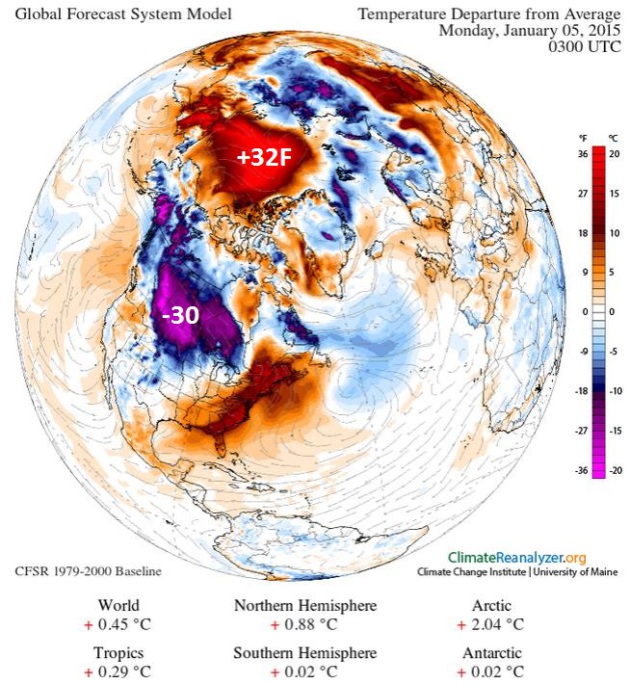
Deja Vu – All Over Again. I admit to seeing temperature anomaly predictions for next Monday and having a frigid flashback to last winter. Look at these extremes: 30-34F. warmer than average over the Arctic, and 25-32F colder than average over the northern tier of the USA and far southern Canada. An upside-down weather map. There’s little doubt the coldest weather of the winter is brewing for the next 1-3 weeks, but there’s less confidence that we’ll see a blocking pattern similar to last winter, jet stream winds stalling and prolonging numbing air into much of February and March. Possible, but unlikely.
Temperature Anomalies obtained using Climate Reanalyzer (http://cci-reanalyzer.org), Climate Change Institute, University of Maine, USA.
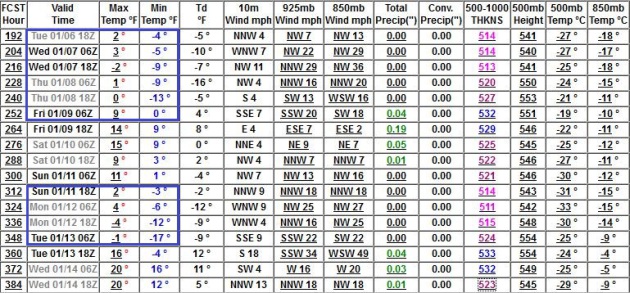
Plenty Cold – But Not Polar. Minnesota will be teeter-tottering on the edge of bitter air, but the core of the coldest air may pass just north and east of us next week into the second week of January. For the record January is the coldest month of the year, historically, and this year should be no exception. GFS data: NOAA.

Stormier/Snowier by Mid-January? Never (entirely) trust a forecast looking out 2 weeks into the future, but it can be helpful to look at model trends over time. NOAA’s GFS model shows a long-wave trough of low pressure, a big dip in the steering winds aloft, capable of turning jet stream winds to the southwest, which may push enough moisture from the Gulf of Mexico northward for a more significant snowstorm or mixed snow-ice-rain event by January 11-14. It’s way too early for specifics, but if you like snow stay optimistic. At some point we’ll make up for a fairly bleak December. GFS 500 mb winds: GrADS:COLA/IGES.

2014 A Quiet Year For Weather Disasters In The U.S. Here’s an excerpt of an interesting update from USA TODAY: “…Not since Superstorm Sandy devastated the Northeast in 2012 has a single natural disaster cost the U.S. tens of billions in damage, according to a report released today by CoreLogic. Sandy cost the U.S. about $70 billion. “This is two straight years without big disasters,” said Tom Jeffery, a senior hazard scientist at CoreLogic, a private research and consulting company based in Santa Ana, Calif., that provides information and services to businesses and government…” (Image: Climate Nexus).
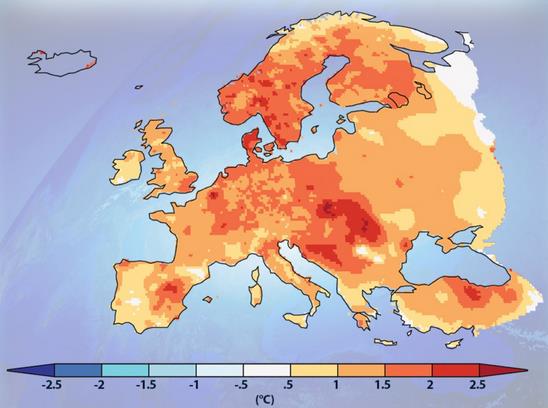
2014: Warmest Year in Europe In At Least 500 Years. My German is a little rusty, OK, very rusty, but at least I was able to translate the headline. Climate scientist Stefan Rahmstorf has the details at scilogs.de.
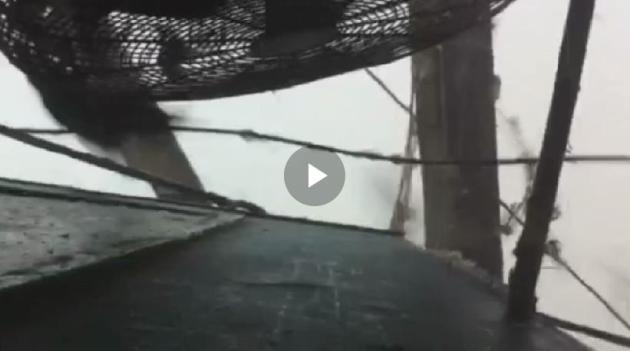
Newly Released Cell Phone Video Captures Chilling Mississippi Tornado. The video is pretty amazing; here’s an excerpt and link from The Weather Channel: “Newly-released cell phone video shows the chilling seconds as an EF3 tornado ripped through Columbia, Mississippi, Tuesday, Dec. 23. The video comes from William Bozeman’s cell phone. He was at work when the storm unfolded. “It happened so fast, I really didn’t have time to do anything,” he told The Weather Channel…”

The Benefits Of Being Cold. Want to lose some holiday weight? Turn down the thermostat 10-20 degrees. You may be able to shiver away some of those extra pounds, according to a fascinating tale at The Atlantic; here’s a snippet: “…Fascinated, Cronise began a regimen of cold showers and shirtless walks in winter, and he lost 26.7 pounds in six weeks. He began measuring his metabolism during and after cold exposure, and found that his body was burning a tremendous amount of energy. Rather than storing energy as fat, his body was using it to sustain his core temperature…”

6 Things Warren Buffet Says You Should Do With Your Money in 2015. GoBankingRates has the story; here’s an excerpt: “…In his 2014 letter to Berkshire Hathaway shareholders, Buffett revealed his estate plan, reminding readers to keep their investments safe, low-cost and long-term. Turns out, he’s planning on leaving all of the cash for his wife in a product that’s as old, stodgy and lucrative as himself.
“My advice to the trustee could not be more simple: Put 10% of the cash in short-term government bonds and 90% in a very low-cost S&P 500 index fund. (I suggest Vanguard’s.) I believe the trust’s long-term results from this policy will be superior to those attained by most investors — whether pension funds, institutions or individuals — who employ high-fee managers…

A Haunting Look Inside Some of America’s Abandoned Shopping Malls. Slate has an interesting story about what happens when malls die; here’s a clip: “Photographer Seph Lawless had been traveling the country photographing a variety of “abandoned and broken” buildings for his book, Autopsy of America, when he came across two buildings from his past: Rolling Acres Mall in Akron, Ohio and Randall Park Mall in North Randall, Ohio. Growing up in nearby Cleveland, Lawless spent lots of time in both of the malls during their heyday with friends and family. “The malls were great. They were thriving and vibrant—much like the economy at the time. That was a happy time for most Americans. The malls were filled with shoppers and tenants,” he said…”
Photo credit: Rolling Acres Mall, courtesy of Seph Lawless.
* Why you might want to change your Amazon password.


TODAY: Windchill Advisory. Sunny. Comfortably numb. Wind chill: -20. High: 7
TUESDAY NIGHT: Mostly clear, still cold. Low: -7
NEW YEAR’S EVE: Partly sunny, still shivering. High: 16
NEW YEAR’S DAY: Clouds increase, not as cold. Wake-up: 12. High: 25
FRIDAY: Mostly cloudy, average temps. Wake-up: 15. High: 26
SATURDAY: Couple inches of fresh snow from a clipper? Wake-up: 14. High: near 20
SUNDAY: Sunny. Brittle breeze. WC: -10. Wake-up: -6. High: 7
MONDAY: Next clipper, light snow. Wake-up: -5. High: 21
Climate Stories…
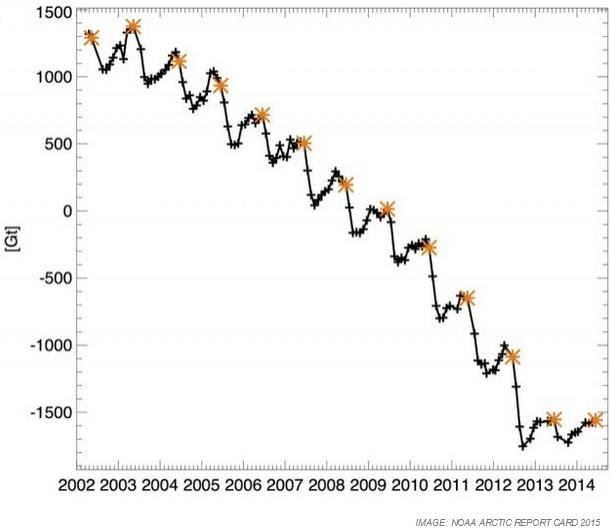
The 2014 “Arctic Report Card” Is Here, And Yes, It Suggests Global Warming. Andrew Freedman has the story at Mashable; here’s an excerpt that got my attention: “…Ice loss from Greenland, Antarctica and glaciers around the world are now the leading contributors to sea level rise. The fate of the ice sheets will determine how much sea levels will increase during the next several decades and beyond. Here is what the mass loss trends look like, with what may be a temporary leveling off between 2013-14, depending on a variety of factors, including the prevailing weather patterns during the summer of 2015...”
Image credit: NOAA Arctic Report Card 2015.
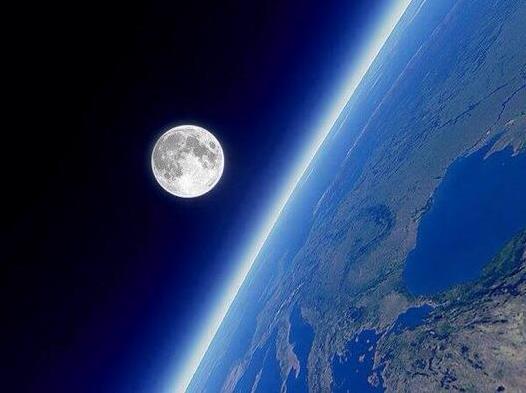
The Growing Level of Environmental Awareness. Here’s an excerpt of an Op-Ed from Steve Cohen, Executive Director at Columbia University’s Earth Institute: “…The goal is a high consumption economy that protects the planet while it enables economic security, leisure time and personal growth for people everywhere. For this to happen we need to change the definition of consumption. In essence, we need to increase the proportion of software (ideas, education, social interaction and entertainment) to hardware (material goods) in the economy. We need to ensure that the material part of the economy reduces the one-time use of non-renewable resources and increases the use of renewable resources…”
